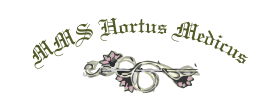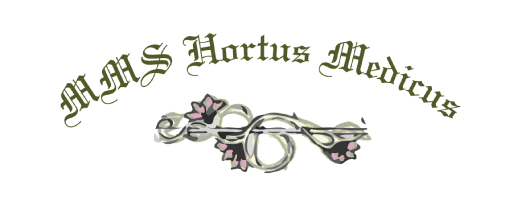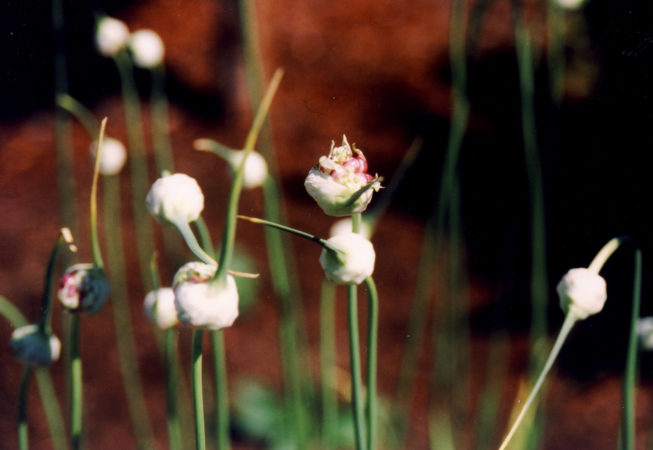Allium sativum
It has been used for centuries for medicinal purposes and as a culinary herb. In the Talmud Book of Ezra, Jews are encouraged to partake of garlic at the Friday night Shabbat meal for the following five reasons: (1) to keep the body warm, (2) to brighten the face, (3) to kill intestinal parasites, (4) to increase the volume of semen, and (5) to foster love and to do away with jealousy. Garlic is mentioned more than twenty times in the ancient Egyptian medical papyrus called the Codex Ebers dating back to c. 1550 BCE. Pliny the Elder sited more than 60 therapeutic uses for garlic. Dioscorides, chief physician for the Roman army, prescribed garlic for the elimination of intestinal parasites.
Garlic oil was first isolated in 1844. More than one hundred compounds have been identified as constituents of garlic oil. In the Middle Ages, it was eaten daily as a protection against the bubonic plagues that ravished the European continent. Louis Pasteur described its antibacterial properties in 1858. Tons of garlic were used in World War I in field dressings to prevent infection. Alliin and allicin are sulfur-containing compounds that are antibacterial and antifungal. When garlic cloves are sliced, diced, or minced, alliin converts allicin into a large number of thioallyl compounds that are effective in lowering blood pressure, blood sugar, serum cholesterol, and serum triglycerides. It is effective in boosting the immune system. Garlic is a natural pesticide against mosquito larvae.


